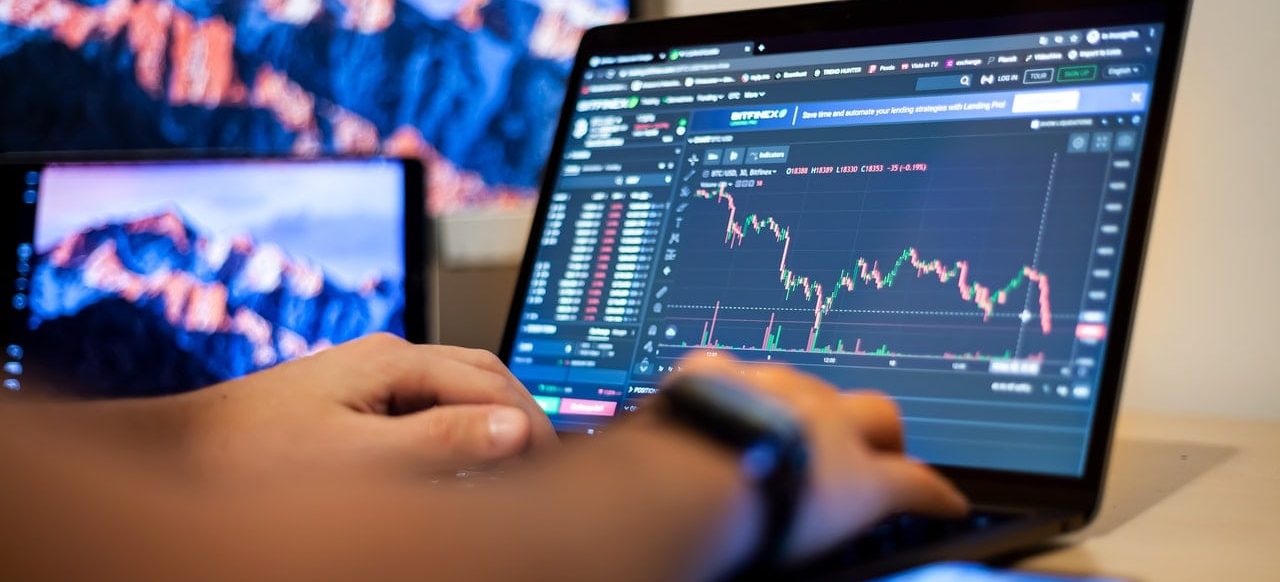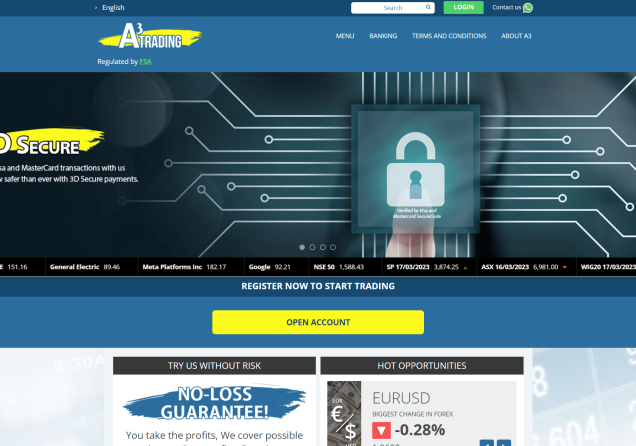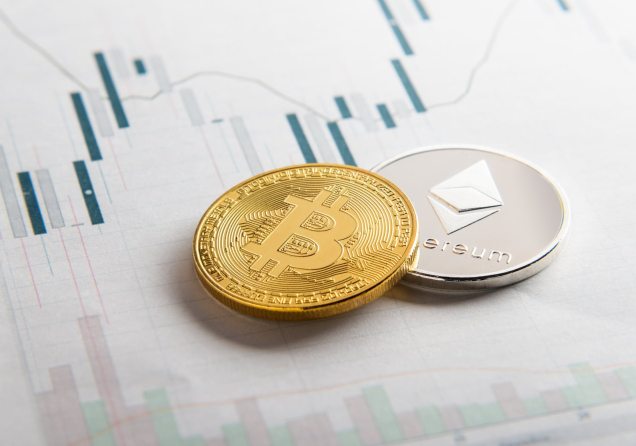Five Key Features to Look For in a Trading Platform
Gone are the days when traders used to call their brokers to place a trade. Thanks to technological advancement, you can open and close a trade from the comfort of your home. You only need a computer or phone and a trading platform to connect you to the market.
A platform is not just about executing trades but also a foundation of all aspects of data, operation functionality, and customer support. You, therefore, need to be cautious when choosing a suitable platform. Are you still unsure how to differentiate the best trading platforms from the rest? Worry no more. By the end of this article, you will understand the factors to consider to when choosing a platform to place trades.
1. Reliability and Convenience
Imagine identifying a good trade entry point. And just as you are about to open the position, the platform freezes. Minutes later, when it resumes working, the trade is tens of pips into the profitable side - A good trading platform should be reliable and not prone to downtimes.
In fact, the broker should provide ideally provide a mobile app to enable you to place and manage trades on the go. Mobile access brings convenience, allowing traders to move away from their screens. But reliability goes beyond trade execution. It should extend to the convenience of making deposits and withdrawals. How many deposits and withdrawal methods does the trading platform support?
In this technological era, deposits should display as fast as possible. For instance, CMC Markets is among the trading platforms that allow you to make deposits and start trading. Its credit and debit card deposits reflect immediately, while NETS takes a maximum of two hours. The reliability feature should also extend to up to date display of instrument prices. The volatility feature means that a small delay could lead to slippage, which translates to potential losses. It is prudent that you research the latency of the platform.
2. Excellent Charting Tools
Unless you are purely fundamental analysts, you depend on a charting tool. Indicators form the basis of technical analysis. Some of the most useful indicators for analysts include the relative strength index, MACD, and Fibonacci retracement. Even price action traders use tools like trendlines to determine the market trend.
Charting comes in handy in interpreting the patterns and price action. Ensure the platform offers plenty of trading indicators.
In addition, the tools should be available in all time frames to enable you to conduct multi-timeframe analysis easily. This will help you identify the best entry and exit point, whether you use a lower time frame for scalping or higher time frames for long-term trading.
The platform should allow you to tweak and customize the indicators to alert you when specific prices are hit. To put this into perspective, drawing things like harmonic patterns means using a combination of Fibonacci ratios.

3. Simple and User Friendly
The importance of a user-intuitive platform can't be overemphasized. Remember, mastering trading can take years. The last thing you want is a complicated platform to compound your problems. However, we are not saying the platform should be plain, far from it. You just want it to have excellent features that make it easy for you to easily identify trading signals, place orders, and exit the market. In essence, the interface should be simple enough not to distract you. However, it should be designed with advanced tools that are easy to find and use. In general, the broker should offer a terminal that is practical to use and easy to navigate.
4. Security
Perhaps one of the biggest downsides of technology is the issue of personal and financial security. Some people may open the platform with the intent to collect personal details. The worst mistake you can ever make is to start using a broker before ascertaining the safety and security of your data. Is the brokerage regulated and licensed to operate in your region? What safety features do they have to protect your data and ensure funds go directly to your bank account? A good platform uses state-of-the-art security systems and effective encryption and firewalls. The only person who has access to sensitive data is you.
5. Fees
The fees should ideally be as low as possible. This is even more important if you are a scalper placing dozens of trades daily. Even small charges per trade can significantly add up and eat into your potential profits. What's more, an ideal platform should have tight spreads. A lower spread means it will take you a few pips to cross over to the winning side and hence higher potential profits.
Final Words
The market is awash with a multitude of brokerage firms offering a dime a dozen simplistic and unsafe trading platforms. Therefore, you must do due diligence to choose the ideal platform. When choosing a platform, ensure it has appealing and advanced tools that are easy to use to identify signals and enter the trade. Also, consider the security features.
Spread bets and CFDs are complex instruments and come with a high risk of losing money rapidly due to leverage. The vast majority of retail client accounts lose money when spread betting and/or trading CFDs. You should consider whether you understand how spread bets and CFDs work and whether you can afford to take the high risk of losing your money.Regulated Brokers
The table below contains links to 3rd party websites of our top partners from whom we receive compensation at no additional cost to you.













